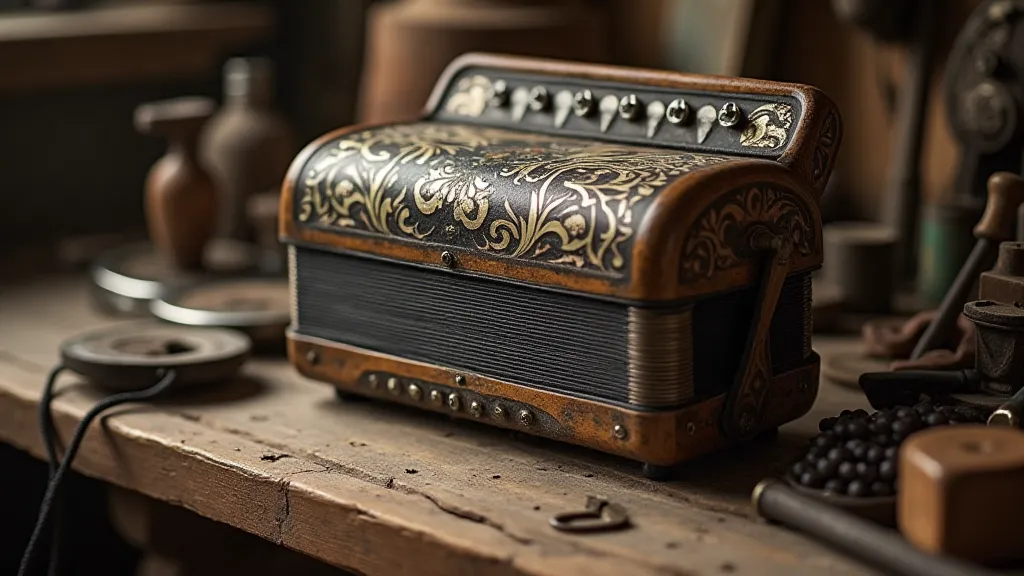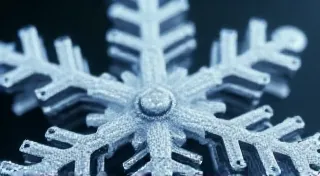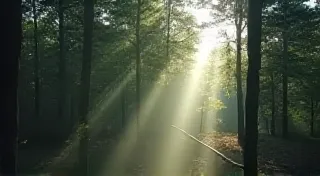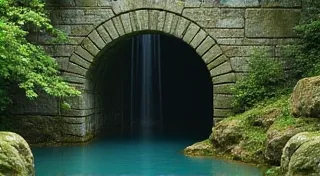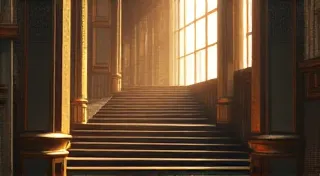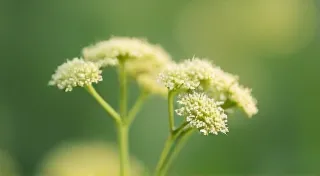The Cartographer's Lens: Zooming in on Minute Details in Chalkboard Lettering
There's a peculiar comfort in the scent of old paper, the faint dust of time clinging to brittle pages. It's a smell I associate with my grandfather, a collector of antique accordions. His workshop wasn's a space filled with instruments alone; it was a repository of history, each accordion a vessel containing the echoes of laughter, music, and countless journeys. As a child, I'd spend hours there, mesmerized not just by the accordions themselves, but by the intricate detailing on their mother-of-pearl panels – the tiny, perfectly rendered flowers, the swirling vines, the delicate curves of leaves. It wasn’t just artistry; it was an act of devotion, a testament to the craftsman’s unwavering commitment to beauty, even in the smallest of details.
That same meticulousness, that same dedication to the minute, is what I find so captivating in truly exceptional chalkboard lettering. We often admire the overall design – the clever composition, the bold color choices – but it’s the subtle intricacies, the almost invisible nuances, that elevate a good piece of chalkboard art to a work of genuine artistry. It's a cartographer’s lens, zooming in to appreciate the tiny topographical details of each letterform, the texture of the chalk, the deliberate pressure exerted to create varying tones.
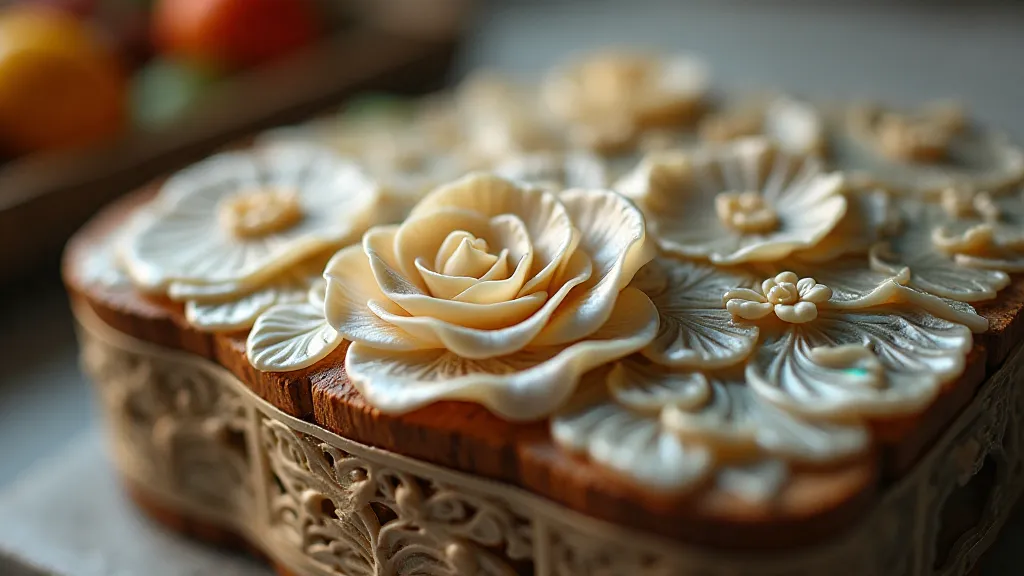
The Roots of Detail: Calligraphy’s Legacy
The appreciation for minute detail in chalkboard lettering doesn’t arise in a vacuum. It’s deeply rooted in the traditions of calligraphy and illuminated manuscripts. Think of the painstaking work of medieval scribes, meticulously crafting each letter with a quill pen, often incorporating elaborate flourishes and decorative elements. The gold leaf, the vibrant pigments, the incredibly sharp edges of the nib – all demanded an unparalleled level of skill and concentration. The goal wasn't just to communicate words; it was to create objects of profound beauty, imbued with spiritual significance.
Many chalkboard artists unknowingly draw inspiration from these historical forms. The rhythm of a carefully crafted calligraphic script – the consistent stroke width, the elegant curves, the subtle variations in pressure – translates beautifully to the medium of chalk. Understanding the underlying principles of calligraphy – the anatomy of letterforms, the importance of negative space, the interplay of thick and thin strokes – is invaluable for anyone seeking to create truly exceptional chalkboard lettering. It's not simply about writing letters; it’s about sculpting them.
Beyond the Big Picture: Recognizing Subtle Nuances
So, how do we train ourselves to see these minute details? It’s about cultivating a mindful approach. Don't just glance at a piece of chalkboard art; *observe* it. Begin by looking at a piece you admire. Try to identify the letterforms being used and consider how they are modified or embellished. Examine how the artist uses chalk pressure to create different shades and textures. Are the edges crisp and clean, or softer and more blended? Are there subtle variations in letter height or width? Notice how the artist manipulates the chalk to create a sense of depth and dimension.
Consider the concept of 'tooth’ in chalkboards. The texture of the board itself plays a crucial role. A rougher surface will grab the chalk more aggressively, creating a more textured appearance. A smoother surface will allow for finer details and more blended tones. Master artists learn to leverage this inherent characteristic, utilizing it to manipulate the visual outcome. They might deliberately choose a less-than-perfect board, knowing it will add character and texture to their work.
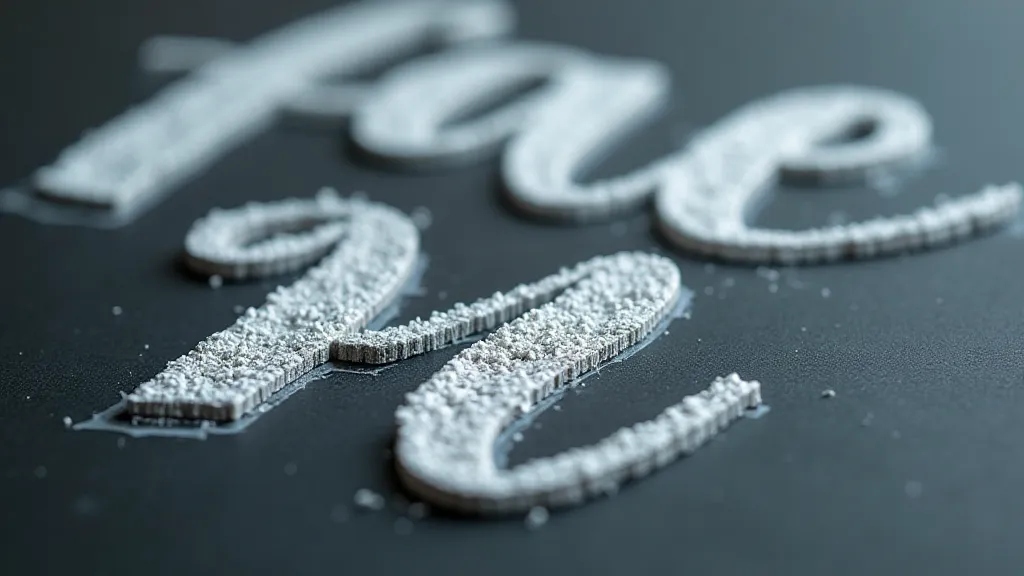
Replicating the Masters: A Step-by-Step Approach
Once you’re beginning to appreciate the detail, the next step is to try and replicate it. Start by choosing a piece of chalkboard lettering that you find particularly inspiring. Don't try to copy it exactly; instead, focus on understanding the techniques used to create it. Break down the design into its component parts – individual letters, flourishes, decorative elements – and analyze how they fit together.
Practice the individual letterforms, paying close attention to the proportions, the stroke weight, and the angle of the pen. Experiment with different chalk pressures to see how they affect the appearance of the letters. Don’t be afraid to make mistakes. In fact, embrace them as learning opportunities. Each mistake will teach you something new about the medium and the techniques involved.
Think about the tools you use, too. Different types of chalk (soft pastels, hard chalk) will produce different results. Using chalk pastels introduces a softer blend, while harder chalk produces crisper edges. A blending stump or a soft cloth can be used to smooth out transitions and create subtle gradients. Careful consideration of the tools will inevitably influence the end result.
The Collector’s Perspective: Beyond the Immediate Beauty
There’s something deeply satisfying about appreciating craftsmanship. It’s a connection to the past, a recognition of the skill and dedication of the artisan. Just as an accordion collector appreciates the intricate details of the mother-of-pearl panels – the care that went into each carving, the quality of the materials – so too should we appreciate the painstaking work that goes into creating exceptional chalkboard lettering.
The best chalkboard artists aren’t just writers; they are visual storytellers. They use lettering to create mood, to evoke emotion, to capture a moment in time. And it is in the minute details – the subtle variations in tone, the perfectly executed flourishes, the overall sense of harmony – that their artistry truly shines. Just as the quiet rustle of a well-preserved accordion speaks volumes about its history and care, so too does a carefully crafted piece of chalkboard lettering resonate with a quiet, enduring beauty. It’s a beauty worth seeking, a skill worth cultivating, and an art form worthy of our deepest appreciation.
